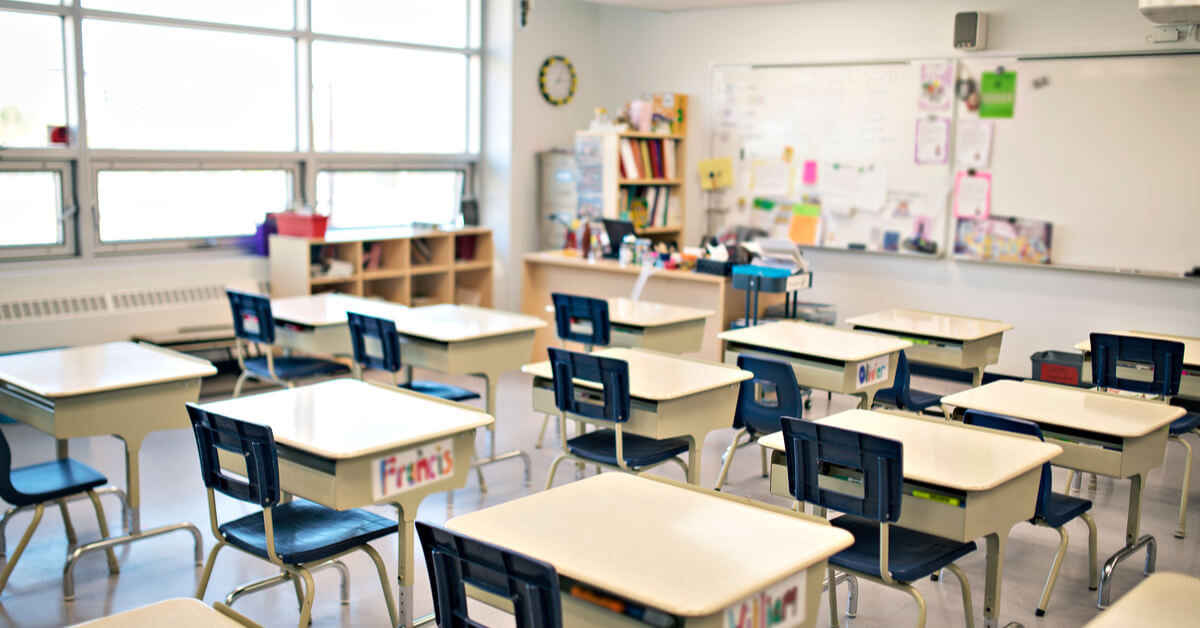In March 2020, the first schools closed. Since then, the debate has focused on whether and how schools should reopen. While the risks to keeping schools closed are great (such as “learning loss” and the mental health toll of social isolation), there are concerns that reopening might result in a surge of COVID-19 cases. Each side has multiple arguments and legitimate sources of evidence. Argument mapping can help us gain a greater understanding of the current state of this debate, as well as evaluate the most relevant claims at stake.
Argument mapping is a visual way of breaking down an argument to better understand how the reasons provided work to support the main claim. A map illuminates the often-hidden structure of an argument, making it clear how all of the different parts fit together to form a comprehensive whole. By understanding other people’s arguments more precisely and more completely, we position ourselves to respond more thoughtfully. To learn more about argument mapping, check out ThinkerAnalytix.
Imagine a discussion about schools reopening “in the wild.” Someone in favor of reopening might argue that doing so is necessary for the academic, physical, and emotional wellbeing of students as well as…


